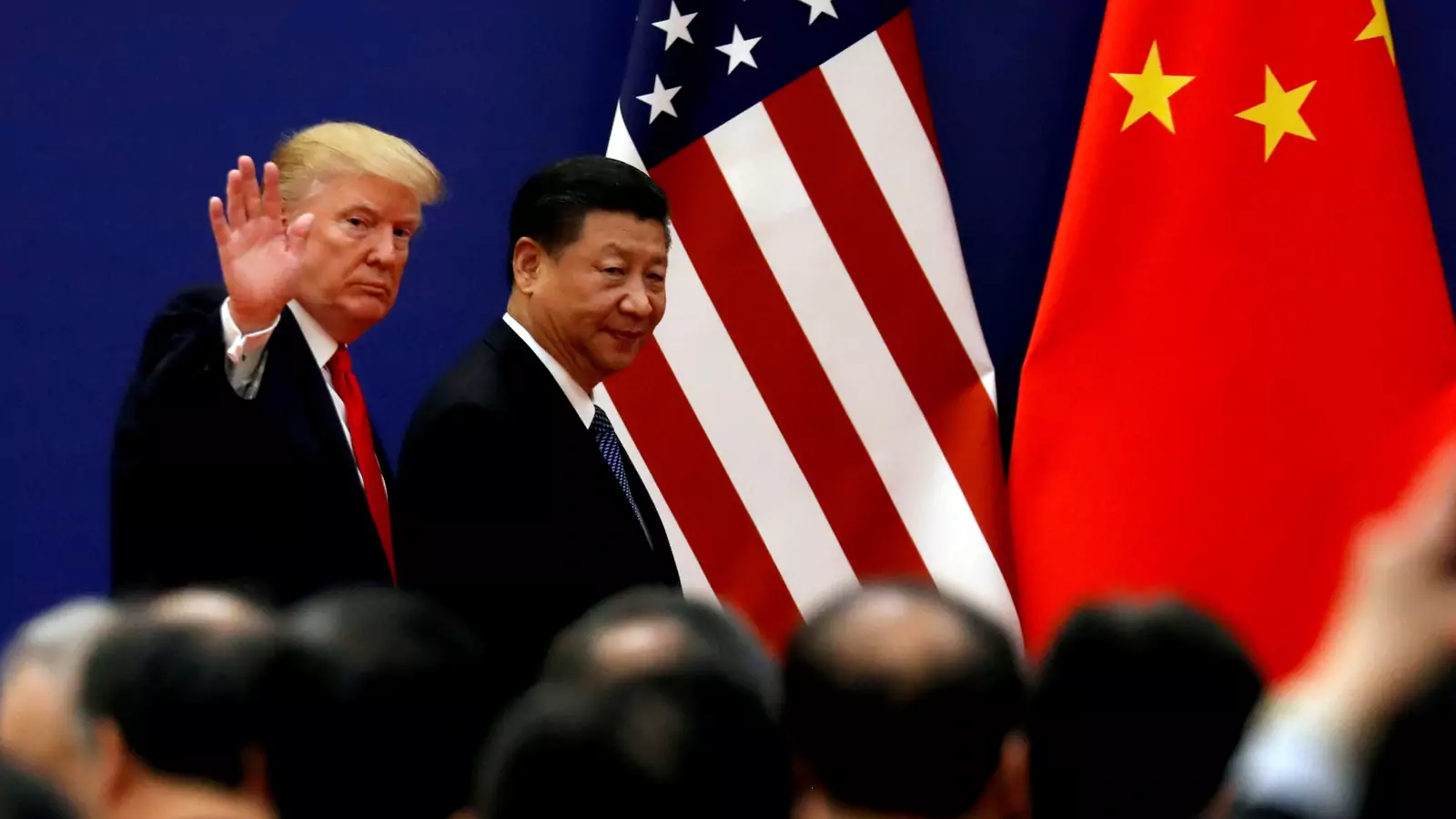
by Irfan Ali 28 June 2020
The US-China relationship is an extremely complex one; it is driven by many different dimensions each dimension has got its own logic. The United States of America, being a dominant power of the world, has engaged itself with many nations throughout the world. Mainly it has engaged itself in those regions of the world from where it considers any entity could pose a threat to its interests as well as its dominance. Washington has remained an influential state because of its active involvement in most parts of the world for its national interest, particularly economic benefits. However, China being a re-emerging power, wants to influence the world through its engagement with more nations employing initiatives such as Belt and Road Initiative (BRI) or via economic engagement with various nations. However, the nature of relations between Washington and Beijing has changed ever since Donald Trump’s presidency. Under the Trump Administration, the US has shifted from viewing China as a strategic partner to a strategic competitor. There are multiple areas where Trump Administration has challenged Beijing, such as trade and economy, Asia-Pacific region, technology, Chinese military modernization, South Asian region, and Beijing’s pursuit for alternative global markets.
In this regard, the South Asian region assumes much importance when it comes to great powers politics such as the US and China. Over the time, the occurrence of events, incidents and initiatives such as 9/11 and Chinese BRI have added more significance to the region for great powers politics. On one hand, the incident of 9/11 provided a reason for the US to engage itself in the region actively, particularly Afghanistan, under the pretext of the War on Terror or security issues. On the other hand, active Chinese involvement through BRI compelled the United States to increase its influence by engaging with more nations in South Asia for containing China and its initiative. When it comes to South Asian security, three countries, namely Afghanistan, Pakistan and India, hold much importance in determining the security of South Asia. The presence of American forces in Afghanistan after the incident of 9/11 has presented a dilemma for Beijing. Because it considers presence of the US troops at its backyard as a severe threat. In this regard, China wants the withdrawal of American forces from Afghanistan to fulfil its desires by engaging more actively with Kabul for its development and stability through BRI or other economic engagement.
Moreover, peace and stability in Kabul is Beijing’s fundamental interest because chaos in Afghanistan could trigger extremism, terrorism, and fundamentalism resultantly that will threaten not only the peace, security and stability of the region but can spill over into the adjacent Xinjiang region of China. However, Afghanistan is considered the “graveyard of empires” therefore, China does not want to risk its position by getting involved in Afghan affairs that are not in the interest of the people of the country. Similarly, China supported the “Peace Deal” between the US and Taliban representatives on February 29, 2020, in Doha, Qatar. After the US forces withdrawal from Afghanistan, it is highly likely that China is going to deepen its involvement in Afghanistan further because it fears the return of Uygur militants in Xinjiang after a withdrawal of US troops. While the United States wants to engage India in the region to counter China, in this regard, since long, the US has been supporting Delhi in defense and trade ties to minimize the influence of Beijing in South Asia. As the US former Secretary of State John Kerry said that America wants to see India in a more dominant role in South Asia. However, American support towards India and giving it special waivers not only generate serious threats for China but also for Pakistan. Similarly, China and Pakistan have been trying to further strengthen their relations by increasing cooperation in multiple fields via the China-Pakistan Economic Corridor (CPEC).
As far as the American history about problem-solving of this region is concerned, it portrays bad picture where the US has the most significant stake in spoiling the regional peace along with generating various problems such as the birth of terrorism, gun culture, deaths and destruction, economic instability and many other issues as well. The emergence of gun culture and terrorism within Pakistan started after its alliance with the US during Afghan War and in War against Terror. It is mostly believed that the growing Sino-American rivalry is one of the primary reasons behind the worsening security conditions in South Asia. However, the friction between both countries could trigger new conflicts resultantly it would push the region into turmoil. Any misadventure created because of American support and favour to India and its policies of sidelining Pakistan and China in Afghan issue at this stage could further escalate the tensions among regional states resultantly invoking threats for the peace and stability of the region. In this regard, there is a dire need that both the US and China review their policies concerning South Asia and try to avoid conflict or misadventure for the sake of peace, stability and development of the region.
The writer is working as a Research Associate at the Strategic Vision Institute (SVI), a non-partisan think-tank based out of Islamabad, and Ph.D. scholar in the Department of Defense and Strategic Studies, Quaid-i-Azam University Islamabad, Pakistan.
